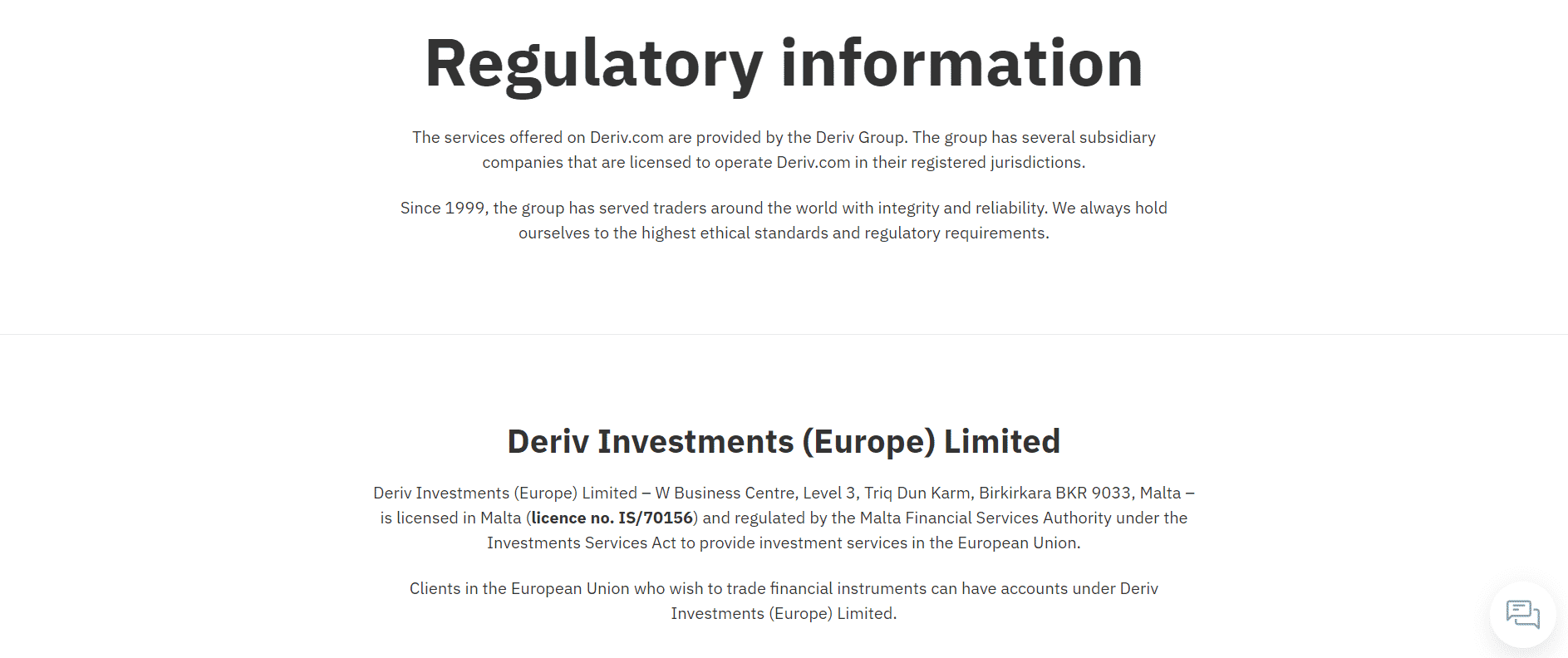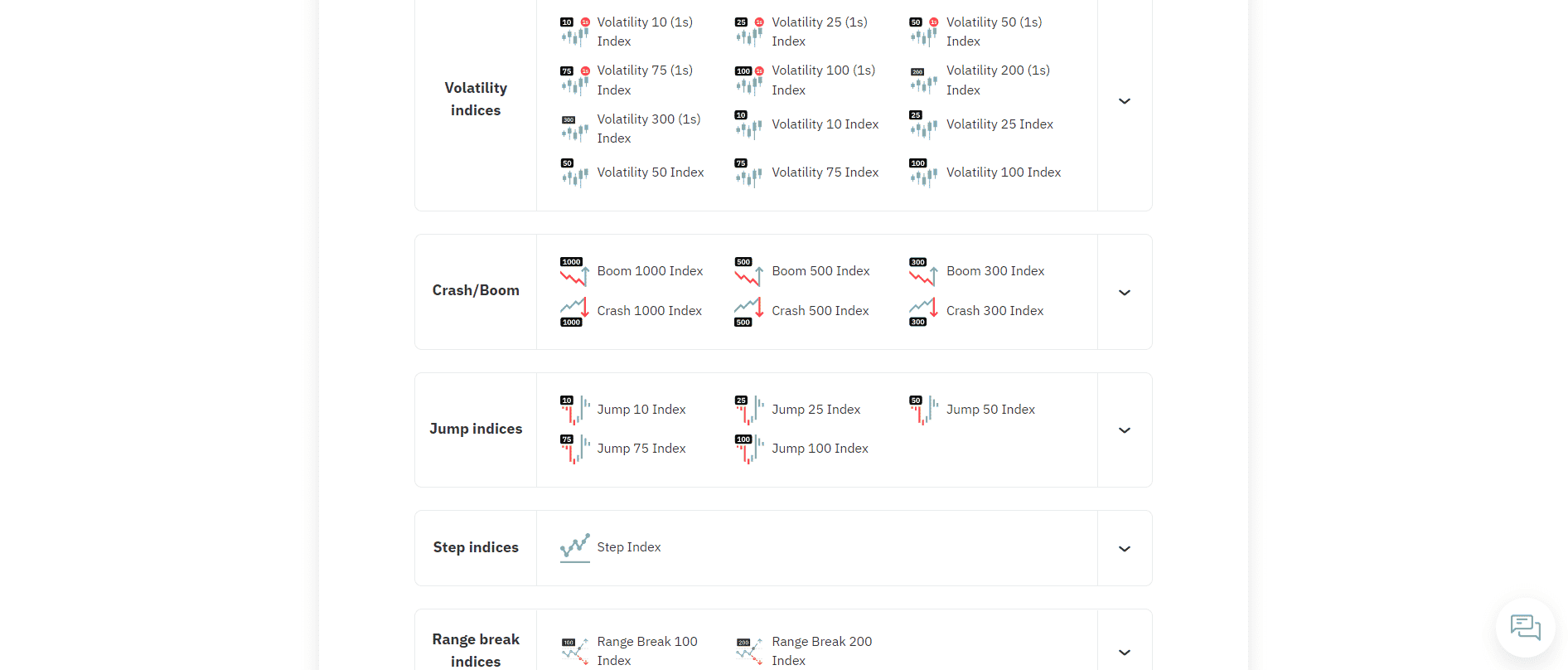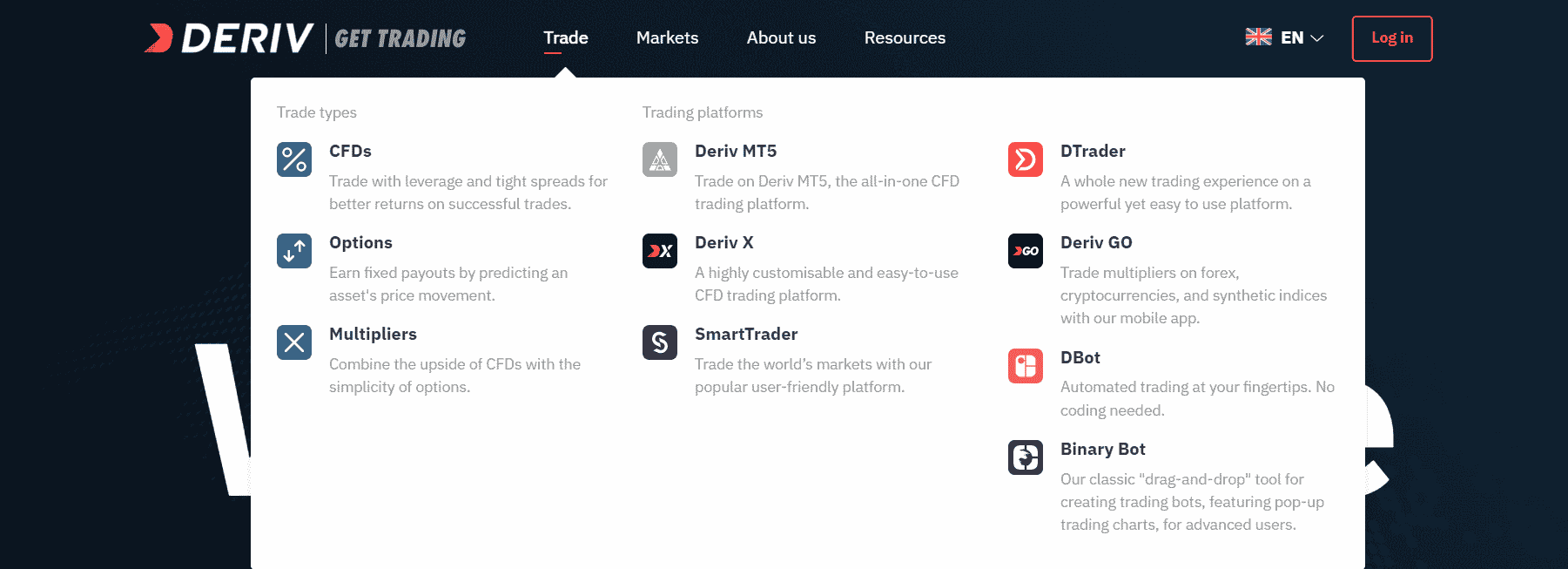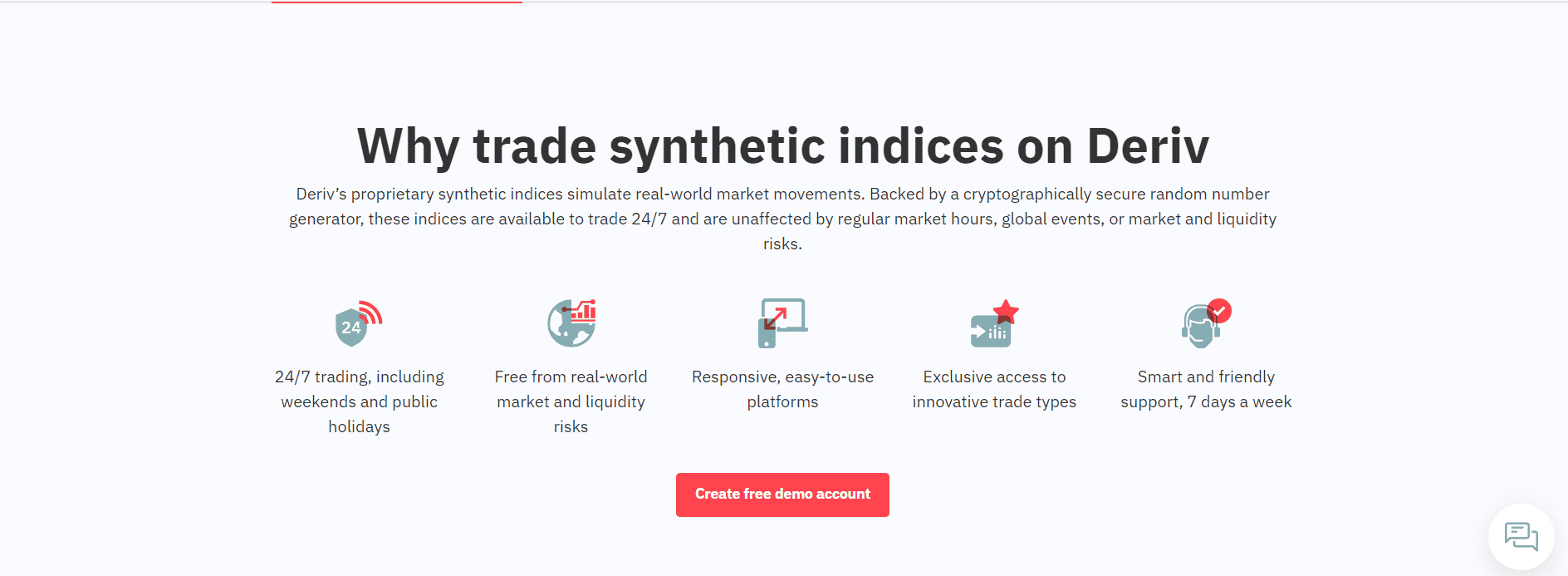What Are Synthetic Indices
Trading instruments that are one of a kind are known as synthetic indices. These indices are simulated in order to mirror or copy the behavior of real-world financial markets. In other words, the movement of synthetic indices is not produced by an underlying asset. Nonetheless, their behavior resembles that of real-world markets in terms of volatility and the risks associated with liquidity.
One of the most important characteristics of these artificial indexes is that they are not influenced by fundamentals such as current events or news. The trading of synthetic indices is possible around the clock, 365 days a year. These indices also feature consistent volatility and regular generation intervals.
The term volatility refers to the degree to which prices shift over the course of time. The movement of synthetic indices is accomplished by the use of random numbers that are produced by a computer program that is cryptographically secure. The value of the synthetic indices is generated by the algorithm, and it is directed by the types of market situations that the indices are intended to replicate.
Broker to Trade Synthetic Indices

There is just one synthetic indices broker operating at this time, and they provide a variety of trading platforms and trading instruments for clients to choose from. Deriv.com is the name of that broker. With over 20 years of industry expertise and a number of awards to its name, Deriv is a trading industry-recognized leader.
In addition, the broker counts more than one million happy consumers in its portfolio. Due to the fact that it developed and continues to own the algorithm that powers synthetic indices, Deriv is the only broker in the whole world to provide trading in these indices.
No other broker is able to provide these kinds of trading instruments since they do not have access to the random number generator, and if they did, providing such services would be against the law. Because of this, there are no other brokers who deal in synthetic indices.
Are Synthetic Indices Charts Manipulated
No manipulation is done to any synthetic indices derived from Deriv. In such a case, it would be against the law since it would be a serious breach of the clients’ rights. The movement of synthetic indices is based on the generation of random integers by an algorithm.
Because of concerns about transparency, the broker is unable to exert any influence or make any predictions regarding the figures that will be created. This is exactly the same as the situation in real-world financial markets, where the broker has no control over the direction in which prices move.
In addition, the random number generator is subjected to frequent audits for fairness by a third party that is not affiliated with the organization. Because of this, it is ensured that the broker is not putting traders at a disadvantage by manipulating the volatility or synthetic indices.
Now that all of these regulatory authorities are involved, there is no way that they will let this broker get away with manipulating synthetic and volatility indices to their benefit. They would act quickly to bar the broker from conducting business in their respective jurisdictions. The fact that this has not taken place is evidence that the broker does not engage in any kind of manipulation of the volatility indices.
Types of Synthetic Indices
Since there is only a single broker and a single algorithm that creates these synthetic indices, there aren’t many in the market to trade from. This is as compared to the thousands of financial assets up for trading on the financial markets. Here are the types of synthetic indices.
Volatility Indices
The volatility indices are manufactured indexes that mirror the continuously volatile real-world markets. These indices have a consistent level of volatility that varies by predetermined percentages with each tick that is created.
For instance, the volatility 75 index maintains a constant level of 75 percent volatility with a tick being created once per second. Traders have an edge when it comes to the fixed volatility component since they are aware of the level of volatility even before it takes place. The most prominent volatility indexes that are currently open for trade are listed below.
The Volatility 100 index has the highest volatility of all the indices that are updated at the pace of one tick every two seconds. This is because the Volatility 100 index is calculated using the standard deviation method. On the other hand, of all of the indices that are updated at a pace of one tick per second, the Volatility 300 index has the highest volatility.
The volatility 10 index is the one with the least amount of swings. The v100 index is only approached with a volatility that is 10% of what it is. V10 is the least volatile index with the smallest price fluctuations over time, making it the most stable of the volatility indexes.
Crash & Boom Indices
Boom and Crash are indexes that are exclusive to the Deriv.com trading platform and are only available there. These include the Boom 500 and the Boom 1000, in addition to the Crash 500 and the Crash 1000.
The Boom indices have what is essentially a default sell circle. This means that whenever you open the Boom 500 or Boom 1000 chart, regardless of the trend, the default characteristic of Boom is sell. This is true regardless of whether the trend is bullish or bearish. Unlike the Crash Indices, which remain in the purchase circle at all times but sell at varying intervals depending on a large number of market factors.
The boom and crash indexes are not linked to any particular commodity or currency and operate in a completely autonomous manner. They are numbers that have been created at random and strictly adhere to a technical format. Having stated that, the boom and crash indexes are not susceptible to being influenced by any country, institution, or news event.
If the price is rejected from a given level, Boom indices will experience an upward surge, but Crash indices will experience a big loss in value if the price is rejected from that level. Boom indices are more volatile than Crash indices.
Because of this, the Boom & Crash indices are distinct from other trading pairs, and as a result, they pique the interest of many traders. You cannot anticipate that the position will close at your stop-loss or take-profit level when trading Boom & Crash indices. The position will be closed when the spike comes to an end, which is why many traders avoid trading against spikes; doing so might result in a substantial loss in a very short amount of time.
Continuous Indices
Continuous indexes always remain open for trade, as their name suggests. They conduct business nonstop around the clock. One of the benefits of the continuous index is that it enables traders to make transactions on weekends when the standard market is closed.
The vast majority of synthetic indices may be represented as continuous functions. In point of fact, the only indices that are popular and worth trading are synthetic versions of such indexes. Due to the fact that the market does not close at the end of the day, you have a much-increased likelihood of discovering deals that will result in a profit.
Jump Indices
The jump indices are used to assess the price movements of an index in relation to an hourly volatility percentage that is assigned uniformly. Jump 10 An index that experiences an average of three leaps per hour and has a volatility of 10%.
The Jump 25 Index is characterized by volatility of 25% and an average of 3 price changes every hour. The Jump 50 index has a standard deviation of three leaps per hour and volatility of fifty percent. An index is said to have a volatility of 75 percent if it jumps an average of three times every hour. An index with the name Jump 100 has a volatility of one hundred percent and, on average, three leaps each hour.
The Step Index
The actual market is imitated in a step-by-step fashion by the step index. It has the same likelihood of moving up as it has of going down, and its step size is always 0.10. When you use the step index, you will have the advantage of knowing the precise chance that the market will move up or down, which will allow you to manage your risk in an appropriate manner.
In point of fact, among traders all around the world, the step index is one of the synthetic indexes that is most often used. This is due to the fact that it has a far lower risk than any other index that is currently available on the market. Trading the step index shouldn’t be too difficult for you as long as you have an adequate understanding of the market.
Range Break Indices
Range break indices are used to simulate a range-bound market that, after a predetermined number of attempts, successfully breaks out of its trading range. The Range 100 index and the Range 200 index are the two range break indices that are used the most frequently.
The Breakout Rate for the Range 100 index occurs after an average of 100 tries, whereas the Breakout Rate for the Range 200 index occurs after an average of 200 attempts. The Range Break 100 index is designed to break the range on average once every one hundred times it is used.
The Range Break 200 index is designed to successfully break the range on average once every 200 times it is attempted. These two indices are by far the most common type of range breaks.
The Most Popular Synthetic Indices
The Volatility 75 Index is currently the synthetic index that sees the largest daily trading volume. The fact that it allows for the largest profit potential with a given deal size also contributes to its status as the choice that traders go for most frequently.
This index is very volatile, with a 75 percent standard deviation and an average of three leaps each hour. Traders have access to a large level of volatility, which increases their ability to generate profits with a little starting capital. Day traders are particularly fond of this index because of its high level of volatility, which makes it simple for them to generate rapid profits even during periods of market uncertainty.
Platforms To Trade Synthetic Indices
Although synthetic indices are not available to trade on the Meta Trader 4 platform, Deriv provides you with plenty of platforms where you can trade these rare indices. Each of these platforms is unique to the other so you’ll definitely find one that suits your needs and you won’t even miss the MT4 platform. Here are the platforms provided by Deriv:
DTrader
The robust and user-friendly trading platform offered by Deriv is known as DTrader. On this platform, you are able to trade synthetic indices with options and multipliers using a desktop computer or a mobile device, depending on your preference.
Trading synthetic indices on DTrader gives you more flexibility in managing your transactions, allowing you to tailor your approach to best suit your needs. You not only have the ability to select the amount of volatility, but also the contract duration.
You are able to open positions with a stake as low as $0.35 and specify the durations for anything from one second all the way up to many days. Additionally, you have the ability to open many transactions all at once if you so want.
Deriv MT5
The Deriv MT5 trading platform is an all-in-one solution for CFD trading. You will get access to all assets as well as a vast array of professional trading tools and plugins, including analytical objects, technical indicators, and infinite charts in a variety of periods.
This will allow you to better manage your trading positions and funds. Your trading approach may be reflected in the charts and indicators, which are fully configurable. Only customers having a synthetic account will be able to trade synthetic indices on the Deriv MT5 platform. You may visit DMT5 using a desktop computer, as well as mobile devices running Android and iOS.
Deriv X
Deriv’s most recent CFD trading platform, Deriv X, gives you access to many markets at once and enables you to trade a wide variety of assets. It is completely modifiable and filled with features that provide you the ability to tailor the environment in which you trade.
You may apply more than 90 indicators and 13 drawing tools all on one screen, as well as keep track of your progress as well as past transactions. This is done by dragging and dropping the widgets that you want to utilize. Synthetics accounts are required in order to participate in the trading of synthetic indices on Deriv X. You may access Deriv X using a desktop computer, as well as mobile devices running Android and iOS.
DBot
DBot is the trading platform offered by Deriv, and it enables you to construct a trading robot so that your transactions may be automated. Building your own bots does not require any prior familiarity with coding. In order to construct your bot, all you have to do is drag and drop pre-built blocks and indicators into a canvas, and then specify their settings.
You have the option of choosing one of a number of pre-built tactics or developing your own from the ground up. Because DBot does not need to be constantly monitored, you are free to move away from your computer without worrying about losing out on possibilities. Simply input the trade settings you want the bot to use, and then step back and watch it make money for you. On DBot, you have the ability to trade synthetic indexes using options. Desktop computers provide you with access to the DBot platform.
SmartTrader
It is strongly advised that new traders begin their careers on the SmartTrader platform because of its ease of use and intuitive design. You may trade synthetic indices using options, which enables you to receive payments for accurately forecasting the price movement of an asset without actually having to acquire the item itself.
Your desktop computer gives you access to the SmartTrader platform. If you are just beginning your journey into the world of synthetic trading, one of the best places to begin is with an account on the SmartTrader platform. The very last thing that we would ever want is for you to be in a position where you may end up losing money that you have worked so hard to achieve because you weren’t utilizing an account that was tailored to your specific requirements.
Deriv Go
Deriv GO is the company’s mobile app, and it’s designed specifically for trading while you’re on the move. This is wonderful news since, in all likelihood, no one can stay in bed all day long in the hope that a favorable deal will come along.
Since the majority of us need to conduct errands, it would be convenient for us to be able to transport our trading platform with us everywhere we go. You may trade synthetic indices with multipliers using this platform, and you will have access to several risk management options, such as stop loss, take profit, and transaction cancellation, which will allow you to, more effectively, manage your trade. You can get Deriv GO from the Google Play Store, the Apple App Store, or the Huawei App Gallery, among other places.
Pros And Cons of Synthetic Indices
Since synthetic indices are pretty unique, some people may be skeptical about trying them out. However, they can be pretty rewarding if you learn how to trade them properly. In order to better help you understand if this type of trading is for you, we’ve created a list of pros and cons. This should help you make up your mind. Here are the pros and cons of synthetic indices:
Pros of Synthetic Indices
- They all have the same amount of volatility, which means that traders have the same level of exposure to risk. This is because traders know exactly what sort of behavior the index, they are trading will have in terms of volatility.
- You may trade them anytime, day or night, 365 days a year, in contrast to other markets such as stocks, foreign exchange, options, and futures, which can only be traded at specific periods during the working week.
- The price of synthetic indices is not affected by fundamental considerations in any way. The prices of the instruments are not immediately affected by the publication of inflation statistics or interest rate announcements.
Cons of Synthetic Indices
- They have the potential to be quite unstable. Despite the fact that this is quite evident, it is nevertheless essential to have a firm grasp on how volatile these items may be. It’s quite easy to blow through all of your money in the stock market if you don’t fully comprehend position sizing and the sort of synthetic index you’re trading.
- They are only available for trading with certain brokers. There are relatively few brokers that provide trading in synthetic indices, and the most popular broker that operates out of the EU is one of such brokers.
Conclusion
Trading using synthetic indices provides a unique and potentially profitable trading experience. Proof of this is the ever-increasing popularity that they have all across the world.
Before you put any of your real money on the line in these markets, we strongly advise you to take your time and get some practice using a demo account first. Before you decide to trade these assets in a real-world setting, you should first give yourself some time to get experience with their volatility in a demo setting.
The greatest leverage that may be used with Volatility Indices purchased from Deriv.com is 1:1000, and this might be a double-edged sword. It has the potential to boost and enhance either your gains or your losses.
Forex signals are a great way to get profitable trades, even if you don’t know how to analyze chart patterns yet. Expert analysts will provide you with appropriate risk management strategies, so you don’t make the top forex mistakes like every trader. Don’t trade all the time. Trade only at the best trade set up with Forex GDP.




